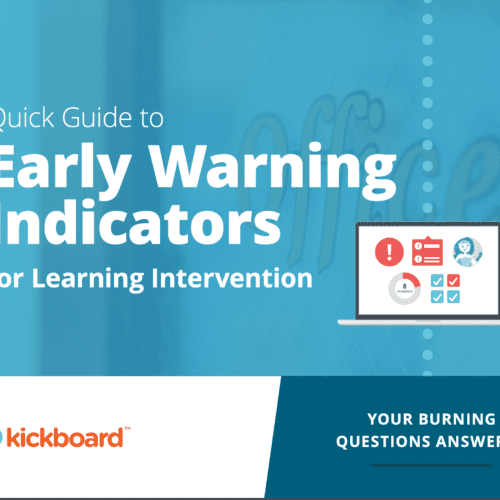 One of the challenges professional communicators face is making their content stand out in a sea of words, written and spoken. One way is through rhetorical devices or wordplay, that is, word choices or arrangements that create a rhythm or tone. In turn, that rhythm grabs the attention of your audience, and the tone invokes an emotional response. Writers and orators have developed several of these techniques to enhance the impact or persuasiveness of their message and to plant the words firmly in their audience’s memory. I’ll cover five of these techniques:
One of the challenges professional communicators face is making their content stand out in a sea of words, written and spoken. One way is through rhetorical devices or wordplay, that is, word choices or arrangements that create a rhythm or tone. In turn, that rhythm grabs the attention of your audience, and the tone invokes an emotional response. Writers and orators have developed several of these techniques to enhance the impact or persuasiveness of their message and to plant the words firmly in their audience’s memory. I’ll cover five of these techniques:
Alliteration
Alliteration is the repetition of the first consonant sound. The repetition is attention-catching, so copywriters often use it for advertising slogans, e.g., “Stanley Steemer is your carpet cleaner.” You can also use it for press release or article headlines such as this example: Palm Oil Puts Pets in Peril. Personally, I use alliteration for more lighthearted subjects, but I have to admit that this headline manages not to seem facetious.
Anaphora
Anaphora (also called epanaphora) is the repetition of word or phrases at the beginning of two or more successive sentences, clauses or verses. A good example is the excerpt below from the I Have a Dream speech of Dr. Martin Luther King Jr.
“Now is the time to make real the promises of democracy. Now is the time to lift our nation from the quicksands of racial injustice to the solid rock of brotherhood. Now is the time to make justice a reality for all of God’s children.”
The repetition of the beginning phrase creates a rhythm that effectively focuses the audience’s attention. Also in this case, the rhythm also feels almost like a drum beat, which gives the call to action a commanding tone.
Onomatopoeia
Onomatopoeia (pronounced ON-a-MAT-a-PEE-a) refers to words that mimic sounds, e.g. sizzle, glisten, creak, splash, and zoom. If you are including a story in your speech or written communication, these words help engage an audience’s senses, pulling them into your message by creating a feeling of immediacy or drama. I also see heavy use of onomatopeia in articles reviewing restaurants’ cuisine because it’s a fantastic way to reinforce the sensory details of the cooking being described.
Some copywriters have made good use of onomatopoeia for advertisement slogans or jingles. Think of Alka-Seltzer’s “Plop, plop, fizz, fizz. Oh, what a relief it is.”
Puns
Puns are the humorous use of a word or phrase that emphasizes its different meanings or the use of words that are alike or nearly alike in sound but different in meaning. My favorite pun was from a billboard in Canada: “Summertime and the living is sneezy.” I’ve seen the pun used in a variety of article headlines as well.
Some people are rather dismissive of puns, but this form word play is also useful for helping your audience retain information or your message. If you don’t believe me, check out this Ragan video interview of John Pollack, former presidential speechwriter for Bill Clinton and author of “The Pun Also Rises.”
Rule of Three
The rule of three refers to using a triad of nouns, adjectives, adverbs or phrases. Think of popular terms such as “tried, tested, and true,” “life, liberty, and the pursuit of happiness” or even “blood, sweat, and tears.” Using three elements makes your text sound complete and “rounded out,” which is emotionally satisfying to an audience.
The rule of three can also apply to repetition, e.g., the excerpt of the I Have a Dream speech uses the phrase “Now is the time” three times.
Conclusion
These are just five of the many, many rhetorical devices available to you. Here’s a web page listing 50 of them. These techniques aren’t usually appropriate for formal writing, but in less formal formats, they can be extremely effective for helping your audience warm to and remember your message. Practice the ones mentioned in this issue and investigate others in order to give your writing that extra bit of impact.








